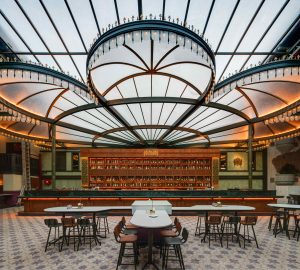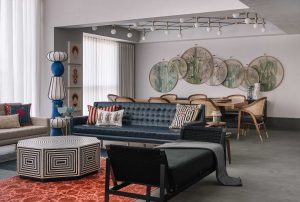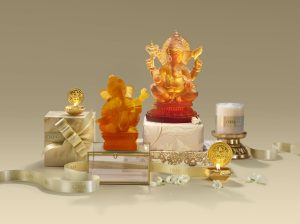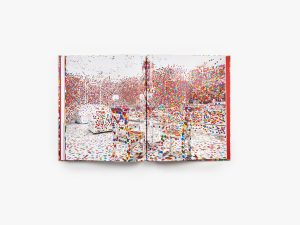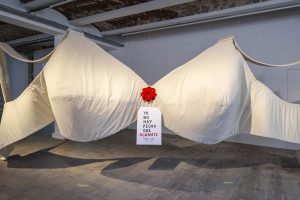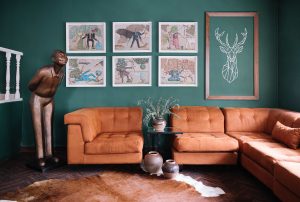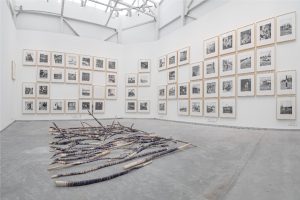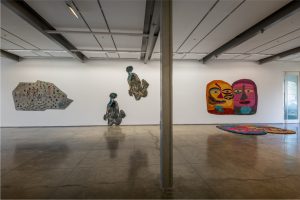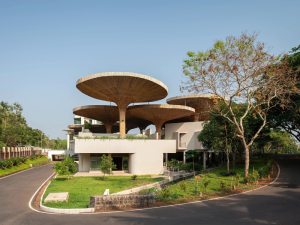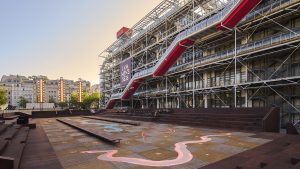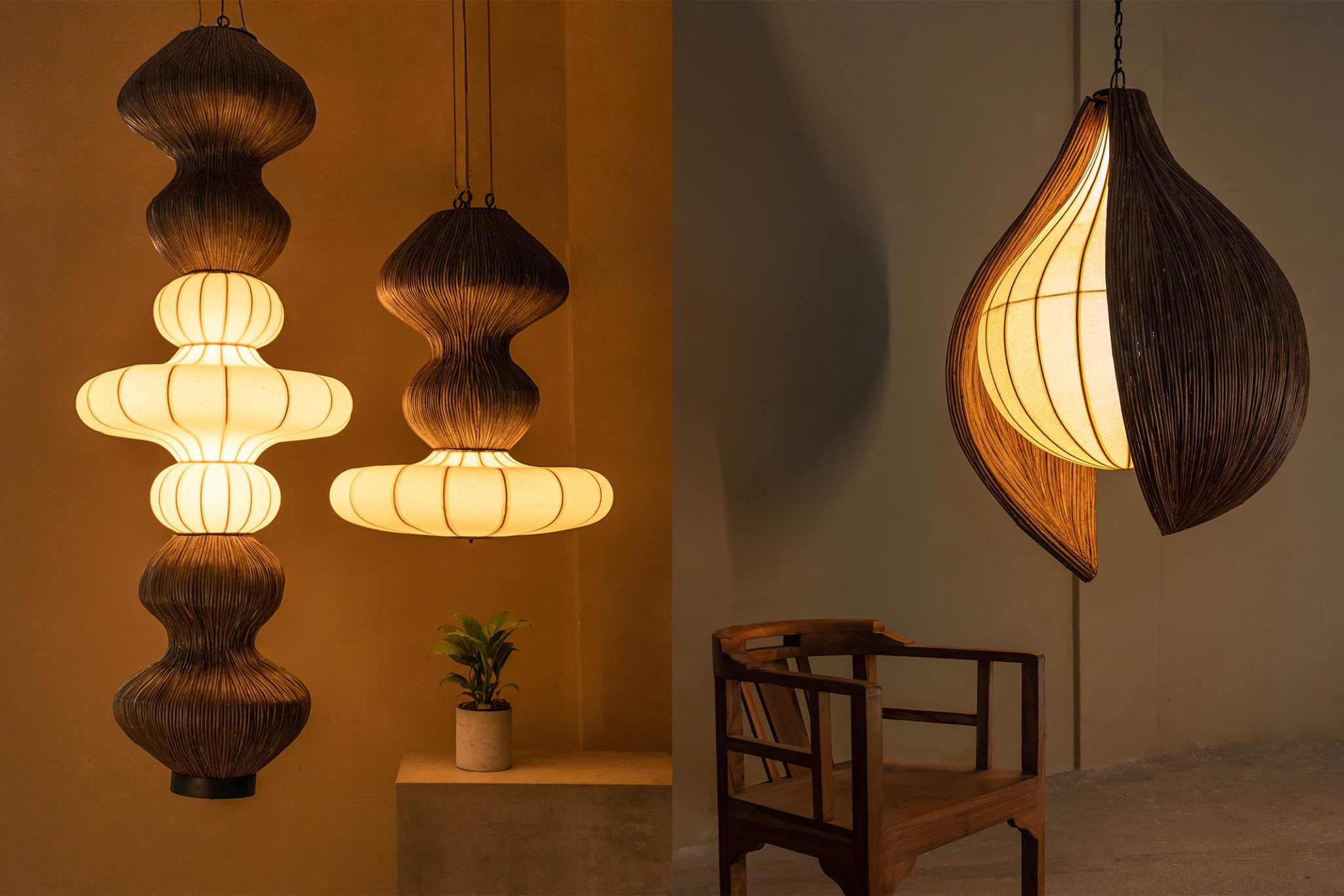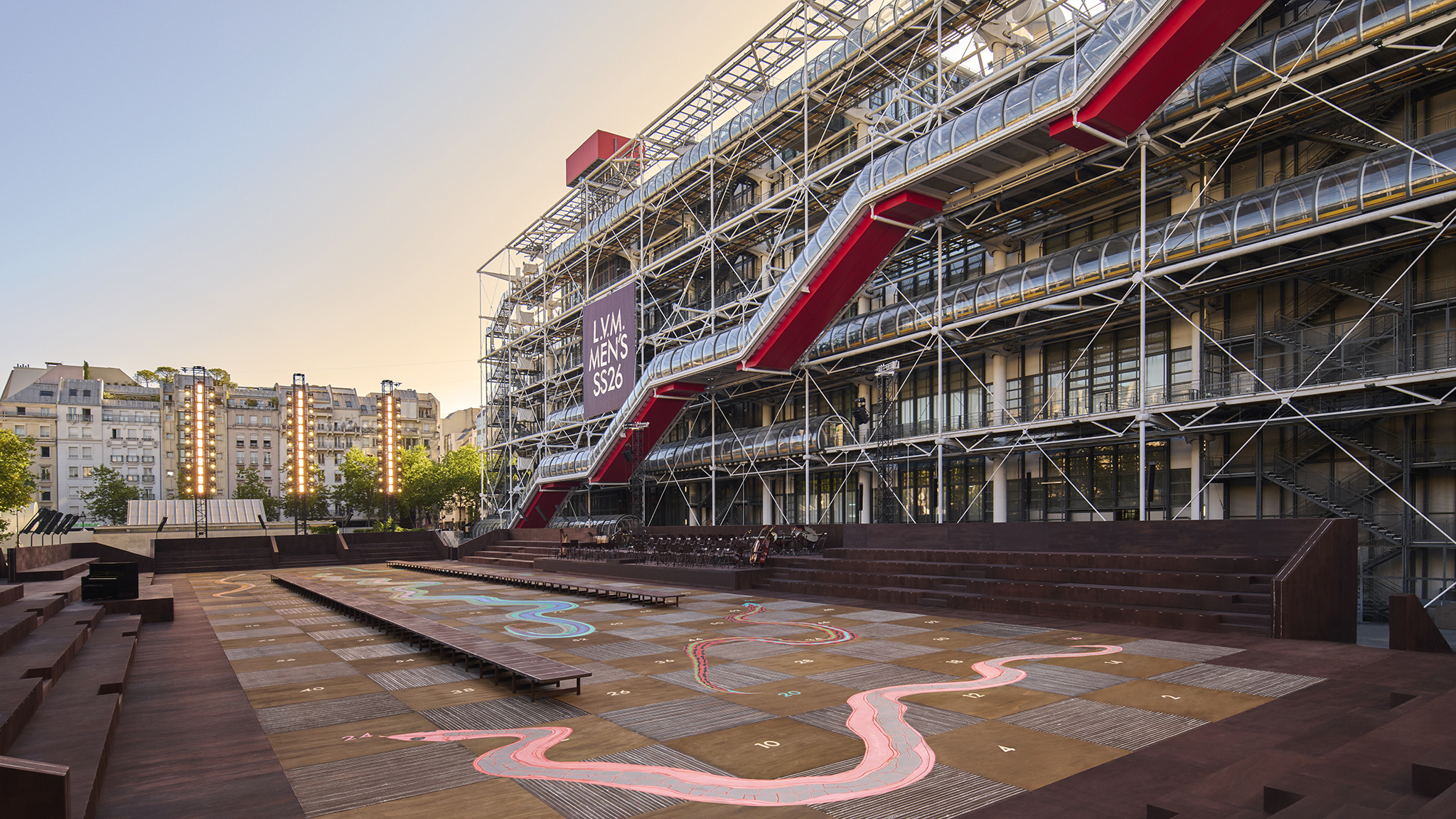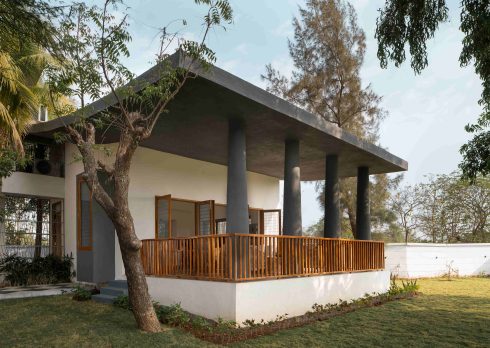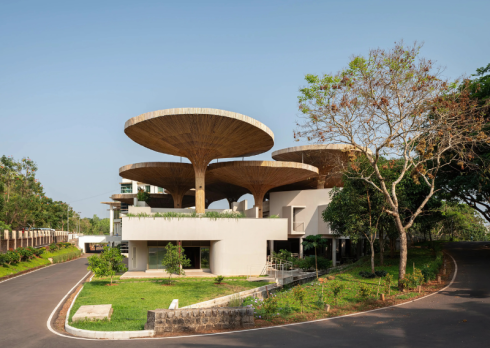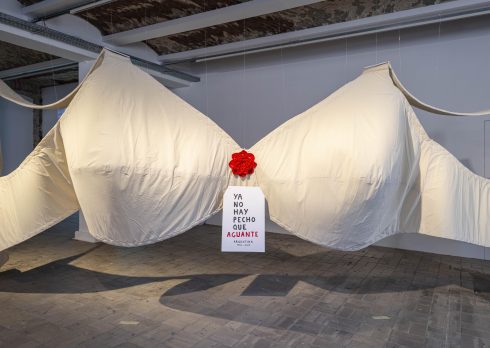Bijoy Jain & AR Rahman Takeover Pharrell’s Vuitton Vision
Bijoy Jain reimagined the Louis Vuitton SS26 runway as a spiritual Snakes and Ladders gameboard - placing Indian philosophy and aesthetics at the heart of global luxury.
- 16 Jul '25
- 1:18 pm by Urvi Kothari
In the swelling heat of late June this year, the concrete plaza of the Centre Pompidou – the modernist heart of Paris – was transformed into something ancient and strangely reverent. At Louis Vuitton’s Spring–Summer 2026 menswear show, creative director Pharrell Williams handed the sprawling 2,700-square-meter stage, quite literally, to Indian architect Bijoy Jain of Studio Mumbai. What resulted was less a runway and more a ritualized space, a quiet yet monumental gesture in an industry that rarely pauses for silence.
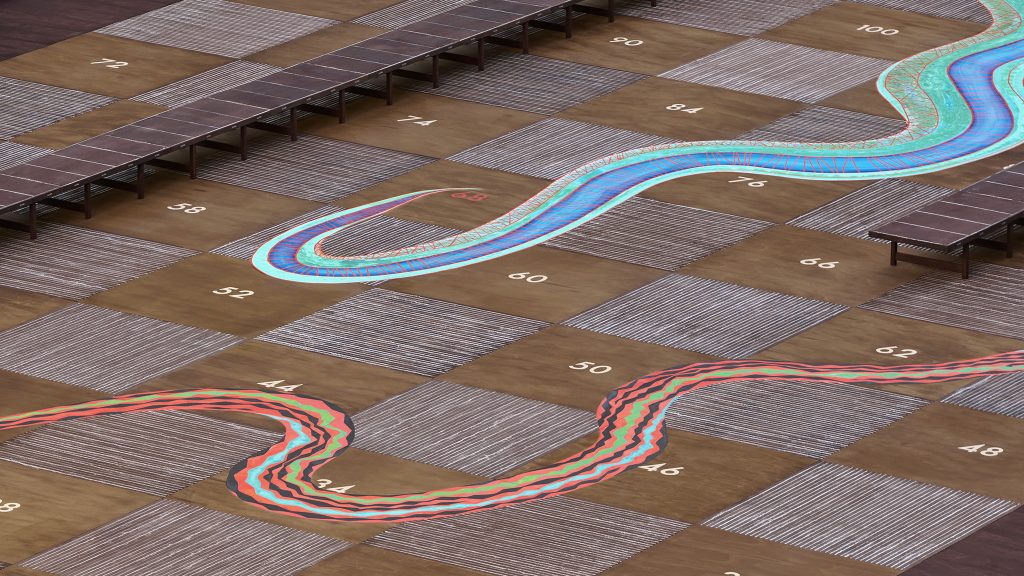
At the centre of this performance was a life-size Snakes and Ladders board, known in its Sanskrit origin as ‘Moksha Patam’. Skillfully painted by 20 painters in mineral hues – turmeric yellows, burnt sienna, dusty rusts – and marked by five winding serpents. This sets reference to the game’s ancient spiritual intent: a moral map of karma, virtue, desire, and rebirth. For Jain, this wasn’t decorative; it was diagrammatic of the soul’s journey. For Vuitton, it was a fashion show. And therein lies the tension – one that made this collaboration both thrilling and complicated.
Also Read: Pichwai Panels And Thikri Mirrors Bring Indian Heritage Inside This Contemporary Mumbai Home
Jain’s architectural practice is founded on material honesty, ritual labour, and silence. He works in mud, lime, timber, and light. His buildings are temples to restraint. He is a thinker whose medium happens to be space. For him to create a gameboard mandala for a fashion brand is not just an aesthetic act – it is a philosophical risk. What Jain achieved was a frame of humility around the spectacle. The painted ground, crafted from earth and mineral pigments, anchored the show in a language of tactility and time. Nothing was synthetic. As the models walked the grid, climbing figurative ladders and descending into metaphorical sin, one sensed that something more than a collection was unfolding – it was a moral performance.
Pharrell Williams, for his part, seems increasingly determined to position Vuitton not just as a luxury house, but as a cultural vessel. His ongoing incorporation of music, architecture, and craft marks a conscious expansion of today’s fashion shows’ dynamics. In inviting Jain – not a designer, not a scenographer, but a true architect of time and memory – he chose not just a collaborator, but a counterpoint. To complement this intersection of architecture and sonic art, the legendary Indian music composer AR Rahman’s live performance was a rare creative convergence. Co-composed with Williams, the show’s score ‘Yaara Punjabi’ was an unexpected yet electric fusion of Punjabi folk rhythms, layered electronica, and gospel undertones. The music didn’t just accompany the collection, it animated it, grounding global luxury in the pulse of Indian tradition. As the beat coursed through the runway, luminaries like Beyoncé, J-Hope, and Jay-Z were seen grooving instinctively. This wasn’t just a soundtrack – it was a cultural bridge, woven in rhythm.
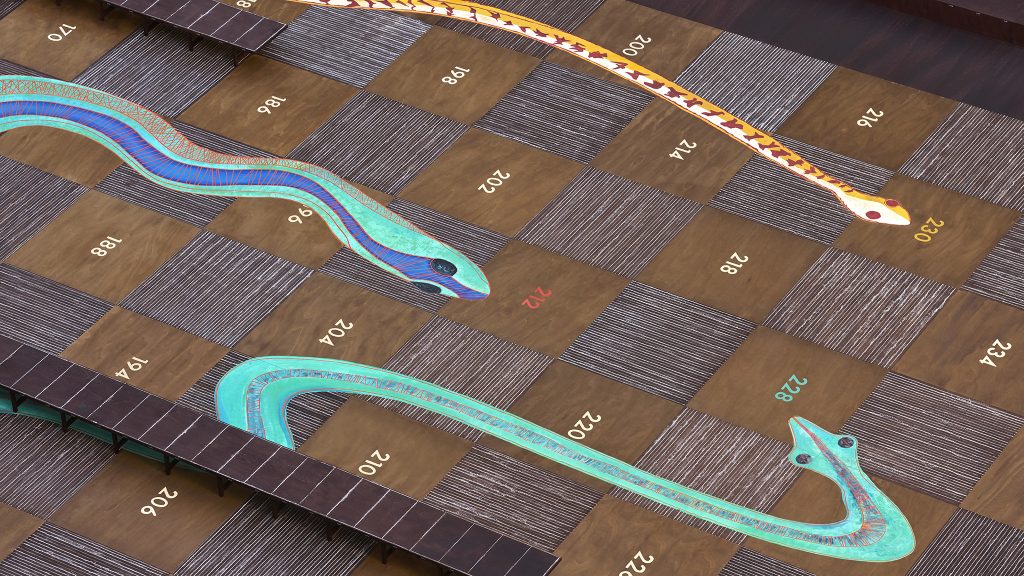
Too often in fashion, ‘collaboration’ is just co-branding. This show rejected that. Instead, it sought a true fusion of cosmologies—ambitious, layered, and deeply intentional. AR Rahman shaped the soundscape, while Jain brought his understanding of space, time, and spirit. Together, they built something far richer than fashion’s usual formulas allow. Williams brought his commitment to global cultural dialogue. Louis Vuitton allowed the runway to become not just a place of visual consumption, but a landscape of contemplation.
The show’s attention to Indian craft was evident: Indian embroidery, Kutch needlework, marble inlays, and earthy palettes echoed Jain’s architectural sensibilities and rhythmic beats by Rahman. The diasporic reaction was largely positive, with many praising the dignity of the presentation. But critical voices noted that cultural capital still flows unequally: Studio Mumbai’s philosophies are repackaged in Vuitton’s language, not the other way around. In a year already saturated with collaborations, this one stood apart. It was quiet, heavy with symbolism, and at times difficult to digest. But it was also beautiful, strange, and sincere. This in today’s hyper-mediated fashion landscape, truly feels like a radical act.

